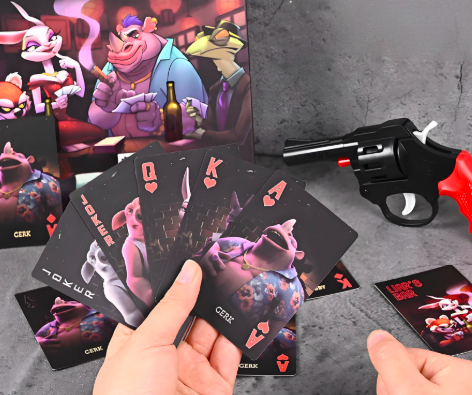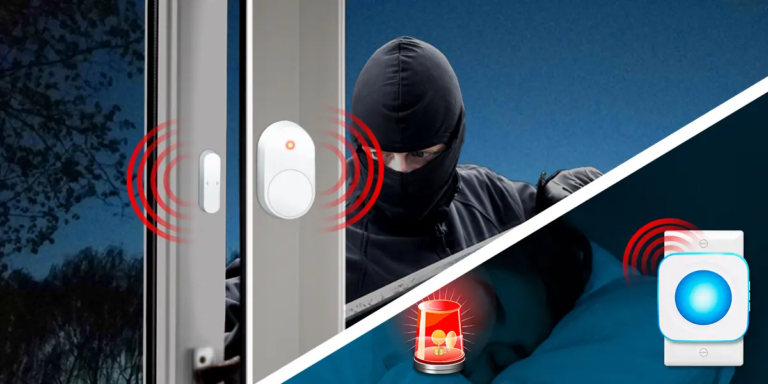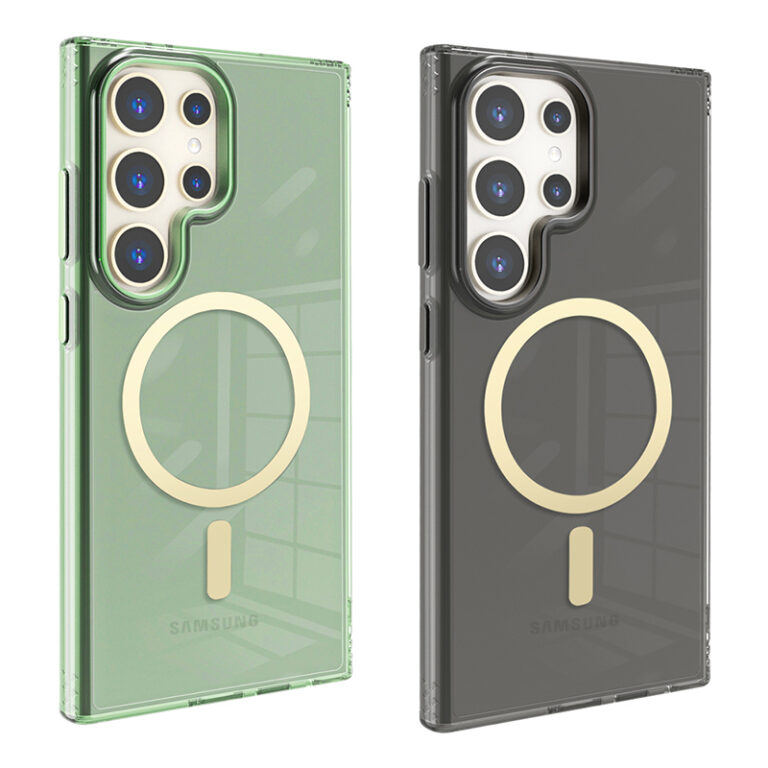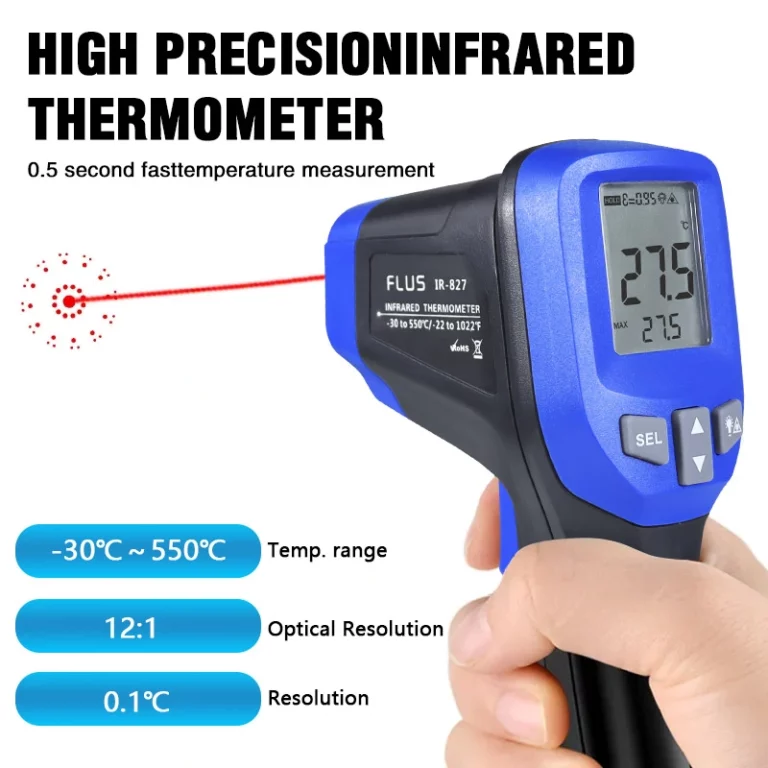How does RC control work in toys?
If you have visited a local park, you might have come across people remotely controlling small cars, controlling a miniature boat in a pond, or flying a blimp or model airplane, then you must be curious at some point. It is simple to fall in love with the world of RC control toys. RC controls work by using specific frequencies when connecting RC toys. This frequency allows the device to act as instructed once you press the RC control. This article will help you understand how RC controls work. It will look at the various frequencies used, the different components used, and how they work. Types of RC toys With RC technology, there are multiple options for you to select. You can pick airplanes, trucks, boats, cars, animals, helicopters, and many more. The mechanics used on each toy work varies between models. However, all toys have four parts that need understanding: transmitter, receiver, motor, and power source. If the button is pressed, the signal is sent to the receiver via radio waves thus, controlling the motor and creating a specific function. RC toys also feature a power source in rechargeable battery packs though some models have standard batteries. However, in most toys, a radio-controlled motor guides the toy while the power source controls forward and backward movements. Let's discuss further the main components of RC toys- RC Transmitter RC toys are sold together with RC controls as their transmitter. Transmitters send signals via a frequency directed to the receiver of the toy. The battery powers the RC controls and helps in transmitting the signal. That is where the difference between remote-controlled and radio-controlled toys comes in. Remote-controlled toys use wires to connect the controller and the toy. Radio-controlled toys, on the other hand, are wireless. Most RC toys work at 27 or 49 MHZ. However advanced RC models use 72 or 75 MHz frequencies.
- RC Controller Transmitters range from single-function to full-function controllers. Each has various control options. A single-function controller moves the toy forward once the button is pressed, then moves backward if released. For the toy to stop, the controllers have to be turned off. Full-function controllers are known to be more complex as they offer six control options. Forward right, forward left, reverse, forward, reverse right, and reverse left. A typical RC control system has three basic components: transmitter, receiver, and servos. A battery pack or individual cells is needed to power all the components. However, receivers and servos of RC airplanes don't have a battery pack. They get their power directly from the motor pack.





